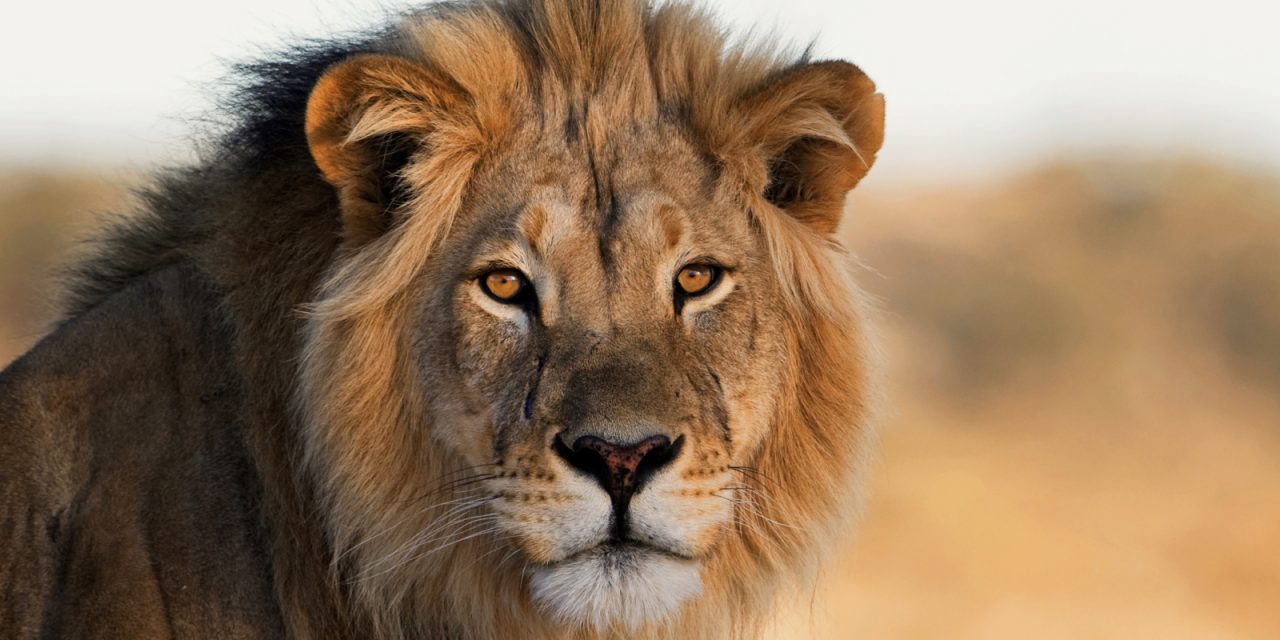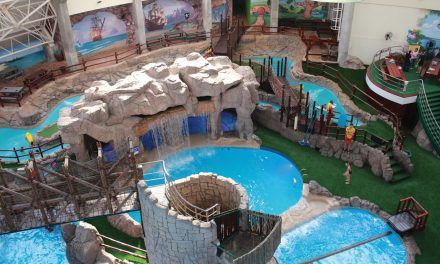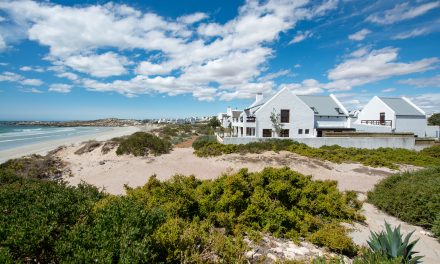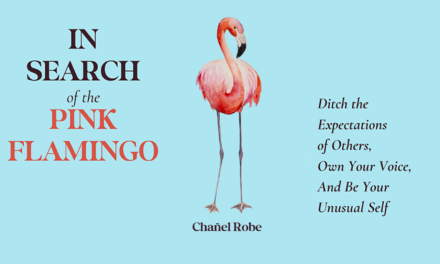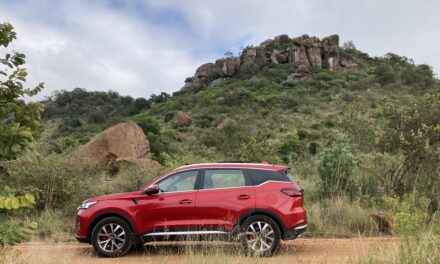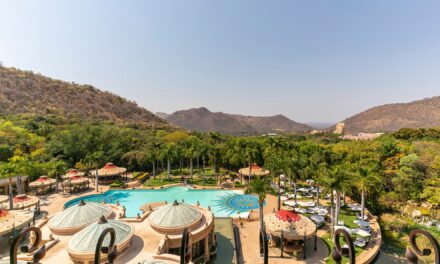South Africa’s beautiful national parks and game reserves are a treasure trove of wildlife and natural beauty, attracting visitors from across the country and around the world. One of the best ways to explore our national parks is with a self-drive trip.
With more than 20 parks in the South African National Parks group, holidaymakers are spoilt for choice. “Aside from the main deciding factor of which area you’d like to visit, you’ll also need to choose the type of experience you’re after,” advises Barend Smit, avid bush lover and Marketing Director of MotorHappy, a supplier of motor management solutions.
Whether it’s spotting the Big Five, or hiking, the national parks include savanna parks, arid semi-desert parks, coastal parks, Cape floral kingdom parks, and parks with forests and grasslands. While large African game is a feature of many of the parks, others are more focused on aquatic ecosystems, vegetation, cultural or scenic landscapes. “When choosing your destination, remember to make sure you have the right type of car. Some areas might require a 4×4 or SUV,” says Smit.
Make sure your car is insured and that your services are up to date. You don’t want to break down in the middle of a park just before the gates are about to close! If you have a service plan through MotorHappy, for example, in the event of a car breakdown, free Roadside Assistance and other benefits are included.
Before starting your game drive, check that all the lights and indicators are working, windscreen wipers are operational, and brakes are in good shape. Check that all fluids are at their recommended levels. Inspect your spare tyre and make sure you have the correct tools to change a tyre if necessary.
When packing for your game drive, remember to bring essentials like sunscreen, insect repellent, a first aid kit, and plenty of water. Summer days can be scorching, so staying hydrated is critical.
“Don’t forget to pack good quality binoculars… these are essential for game viewing!” comments Smit.
When you’re in the park, safety should always be a top priority. Observe the park’s speed limits and rules for approaching and viewing wildlife. Respect the animals’ personal space and maintain a safe distance; it’s for your safety and theirs. If you’re unsure about anything, ask park rangers for assistance.
Wildlife viewing requires patience. Animals might not always be immediately visible, so take your time, stop your engine, and listen. Keep noise to a minimum to avoid scaring off animals, and you’ll be rewarded with more sightings.
Smit reminds us that one of the magical aspects of a self-drive safari is that you never know what you’ll encounter. “Be open to surprises and enjoy the unpredictability of nature,” he says.
Animals are often more active during the cooler times of the day, so plan your game drives around sunrise and sunset. These are the best times to witness predators on the hunt and other fascinating animal behaviours.
Finally, leave no trace, says Smit. Dispose of your trash in designated areas and do not disturb the natural environment. Stick to marked roads and trails to minimise your impact on the ecosystem.
A self-drive game drive is an exciting and cost-effective way to experience our country’s incredible wildlife and natural landscapes. With careful planning, respect for nature, and a reliable car, you’re sure to have a safe and unforgettable adventure.

